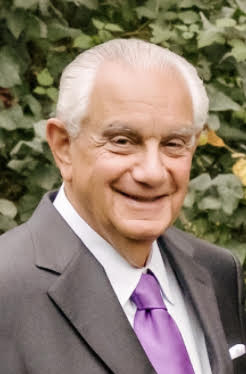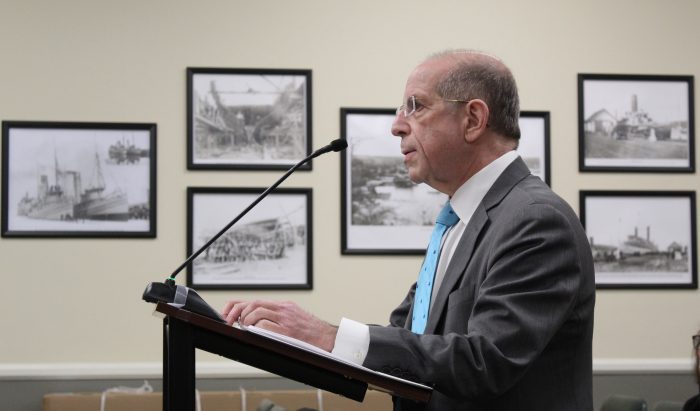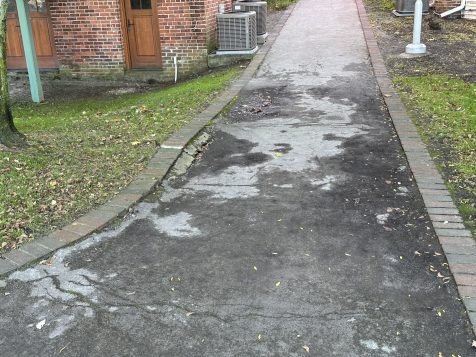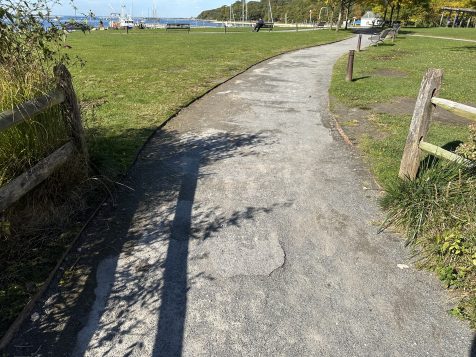By Ava Himmelsbach
This past Saturday, Sept. 7, the Port Jefferson Yacht Club and Village of Port Jefferson held their annual Village Cup Regatta to raise money and awareness for Mather’s Palliative Medicine Program and the Lustgarten Foundation for Pancreatic Cancer Research. Anyone interested was allowed to be a crew member on the sailboats, with no experience required.
The event included multiple activities throughout the day, with two main parts: a parade followed by a race. The parade ran from the outer harbor on the west across to the waterfront on the east. In the race, participants from the Village of Port Jefferson and Mather Hospital competed as part of the Village Cup Charity Fundraiser.
The parade allowed teams to circle the port on their boats, all of which were decorated with flags and banners, and wave to the large crowd of guests as a prelude to the race. Families gathered on the docks to view the parade, which was managed by Port Jefferson Yacht Club staff and accompanied by bagpiper Marty Sexton. The parade lasted about 45 minutes and helped the sailors adjust to sporadic wind patterns throughout the day.
Despite overcast weather and sudden rain, sailors and guests had a great time, creating memories of a lasting tradition likely to continue in years to come. Rain began shortly after the parade and continued lightly for a couple of hours. Fortunately, the showers did not interfere with the race, and sailors proceeded as planned.
Port Jefferson Yacht Club Village Cup Regatta Committee member Dianna Stackow managed the setup process for the post-race gathering. “We are here to set up for the party that happens after the race,” she said. “They have speeches, raffles, food, wine, beer; Ralph Macchio will be here, and some government representation.” The party began around 3:30 p.m., welcoming guests and participants as they finished the race and celebrated another year of the tradition. “This is our 15th year, and we are going to break $1 million [in donations]. We’re very proud because we’re such a small club, so it’s such a large thing for us to do. It’s just such a good feeling, all around, everyone, our little club, you know, close together, and it’s nice to see what we accomplish.”
After an exhilarating race, participants, families, and guests gathered at a party in the Port Jefferson Village Center to celebrate their efforts and the successful fundraising brought by this year’s regatta. Celebrity ambassador Ralph Macchio has supported the regatta — along with the two programs funded by it — for the last 10 years. He was present at the event this weekend, along with many returnees who have helped uphold this tradition for the past decade and a half.
The friendly competition ended with the Village of Port Jefferson team winning.




















